Published in 2019 by Enslow Publishing, LLC.
101 W. 23rd Street, Suite 240, New York, NY 10011
Copyright 2019 by Enslow Publishing, LLC.
All rights reserved
No part of this book may be reproduced by any means without the written permission of the publisher.
Library of Congress Cataloging-in-Publication Data
Names: Heitkamp, Kristina Lyn, author.
Title: Fake news and the factories that make it / Kristina Lyn Heitkamp.
Description: New York : Enslow Publishing, 2019. | Series: Critical thinking about digital media | Includes bibliographical references and index. | Audience: Grades 7-12.
Identifiers: LCCN 2018016413| ISBN 9781978504721 (library bound) | ISBN 9781978505674 (pbk.)
Subjects: LCSH: Fake newsJuvenile literature. | JournalismHistory21st centuryJuvenile literature. | Online journalismJuvenile literature.
Classification: LCC PN4784.F27 H45 2018 | DDC 070.4/3--dc23 LC record available at https://lccn.loc.gov/2018016413
Printed in the United States of America
To Our Readers: We have done our best to make sure all websites in this book were active and appropriate when we went to press. However, the author and the publisher have no control over and assume no liability for the material available on those websites or on any websites they may link to. Any comments or suggestions can be sent by email to .
Photo Credits: Cover, p. 1 (silhouette) Mads Perch/DigitalVision/Getty Images; cover, p. 1 (background) zorbital/Shutterstock.com; p. 8 Blend Images/Shutterstock .com; p. 10 goodluz/Shutterstock.com; p. 13 Everett Historical/Shutterstock.com; p. 16 Brian A Jackson/Shutterstock.com; p. 19 Universal Images Group/Getty Images; pp. 21, 26, 46 AP Images; p. 25 Bloomberg/Getty Images; p. 30 The Photo Works/ Alamy Stock Photo; p. 33 Sipa USA/AP Images; p. 36 Zoonar GmbH/Alamy Stock Photo; p. 39 NetPhotos/Alamy Stock Photo; p. 42 Kuttig - People 2/Alamy Stock Photo; p. 44 NASA/Hulton Archive/Getty Images; p. 48 Scott Olson/Getty Images; p. 51 Bloomicon/Shutterstock.com; p. 53 vvoe/Shutterstock.com; p. 56 Rawpixel.com/ Shutterstock.com; p. 58 metamorworks/Shutterstock.com; p. 61 Wayhome Studio/ Shutterstock.com; p. 63 Alain Bommenel, Sabrina Blanchard, Jonathan Jacobsen AFP/Newscom; lightbulb icon okili77/Shutterstock.com.
.jpg)
.jpg)
O n November 9, 2016, Eric Tucker left a meeting near downtown Austin, Texas. It was an overcast and foggy day in the capital city. As he made his way home, Tucker saw something that made him stop. Dozens of buses lined up along the street. The fleet of buses could've easily held at least a couple hundred people. Tucker took out his phone, snapped a few photos, and went on his way.
When Tucker arrived home, he did a little investigating. After a cursory Google search, he came to the assumption that the buses were not for people attending a local event or conference but for paid protestors carted in to demonstrate against the controversial election of President Donald Trump. He had seen news coverage of protestors located just a few blocks from where he had taken the photos. Tucker decided to share the revelation with his whopping forty followers on Twitter. He posted three images on the social media platform with the caption: "Anti-Trump protesters in Austin today are not as organic as they seem. Here are the busses [sic] they came in. #fakeprotests #trump2016 #austin"
Little did Tucker know his tweet would go viral in a matter of hours and spark a massive conspiracy theory that still lingers. Less than ten hours later, Tucker's tweet was posted on the Reddit community of supporters for Donald Trump. The title of the post read: "BREAKING: They found the buses! Dozens lined up just blocks away from the Austin protest." Pro-Trump and right-leaning websites were on the story immediately. The post was quickly shared and received over 300 comments. Tucker's tweet was retweeted over 16,000 times and shared on Facebook over 350,000 times. A local Fox News channel picked up the story, as well as the conservative website Gateway Pundit.
What were the buses really doing there? The buses were for a data software conference. After making local and national news, it turned out to be a deliciously false story that was served up across several social media platforms and websites. The media called out Tucker, and he deleted the tweet. He apologized and retweeted the original tweet with "false" stamped across it. However, his confession wasn't nearly as popular, only getting a few shares and fewer than one hundred likes.
Moral of the true storyfake news is enticing. Some Americans salivate for a juicy story, true or false. The modern world is tightly knit and extremely connected, so just about anybody can spread misinformation. The architect behind fake news doesn't have to be a Russian troll or political campaignershe or he can be an average person who jumps to conclusions without critically evaluating the situation.
In recent years, bogus news has ambushed our media streams. It's challenging to identify the shape-shifting beasts as they lurk among our communications. The first step in the battling fake news is to own our responsibility. As news consumers, it is our duty to critically evaluate articles, sources, and sensational front-webpage clickbait. Don't become a passive gossip, sharing scandalous headlines as truth. Fake news can suck the marrow from public discourse and the foundation of democracy. Phony stories will continue to plague our communications, and it is essential to arm yourself with the tools to fight for the truth.
P eople read it on smartphones. They peruse it on the black-and-white pages of a daily newspaper, or tune into TV's talking heads to hear the latest news.
The exchange of information is one of the oldest and most important human enterprises. The executive director of Columbia Links, a high school journalism, news literacy, and leadership program in Chicago for at-risk teens, Brenda Butler succinctly describes news storytelling. "Journalism is for the people. It is community-centric yet global in perspective. It is to inform and enlighten; to expand the dialogue; to probe and provoke; to stimulate and engage; to show the way or present another way; to open the doors and to uncover wrong; to give the voiceless a megaphone."
After the Fact
At the most basic level, journalism is there to bear witness of events. A crime beat reporter will rush to the scene of a gruesome murder to gather details. War correspondents brave conflict zones to cover stories from the front line. Foreign correspondents enter the field to reveal human tragedy.
.jpg)
Journalism also holds power to account. Often recognized as the fourth estate, the free press is essential in any democratic society. British political thinker Edmund Burke reportedly said that there were three traditional branches of government the legislative, executive, and judicial. But that "the Reporters Gallery yonder, there sat a fourth Estate more important far than they all." The free press is the watchdog, the keeper of accountability, and the system of checks and balances. Investigative news can reveal hidden information, such as corruption, election interference, or when businesses break rules. Being informed is an important part of a democratic society. If a country's citizens are primed, they can have a knowledgeable voice in how their government is run.

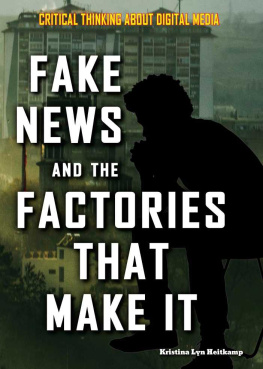
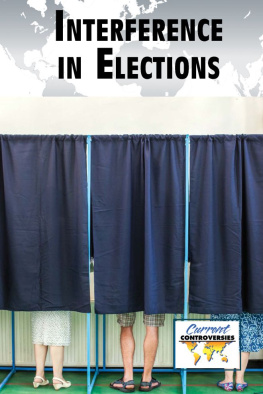



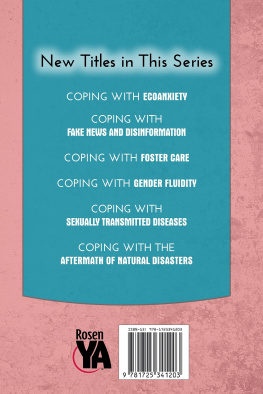

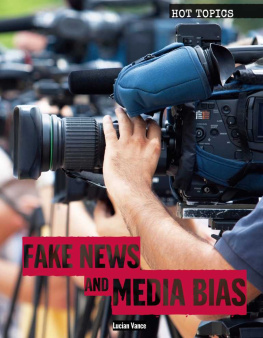
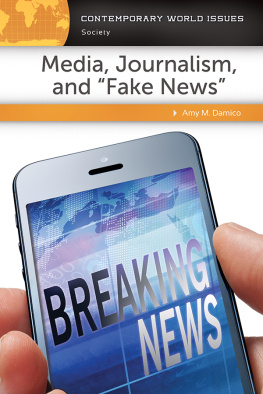
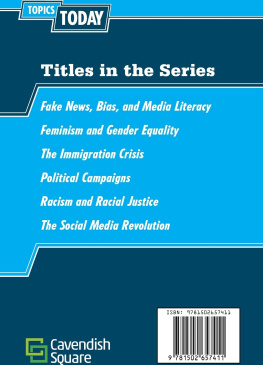
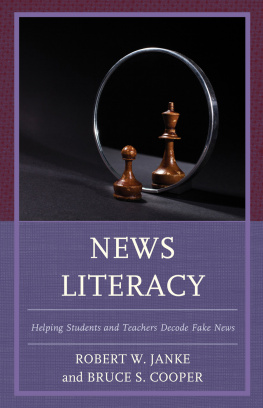
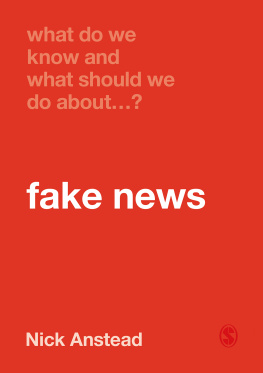

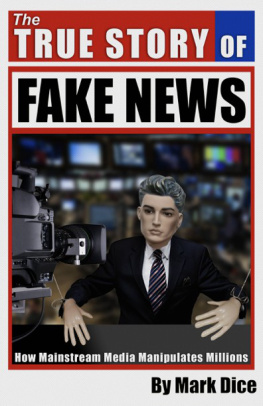


.jpg)
.jpg)
.jpg)
.jpg)